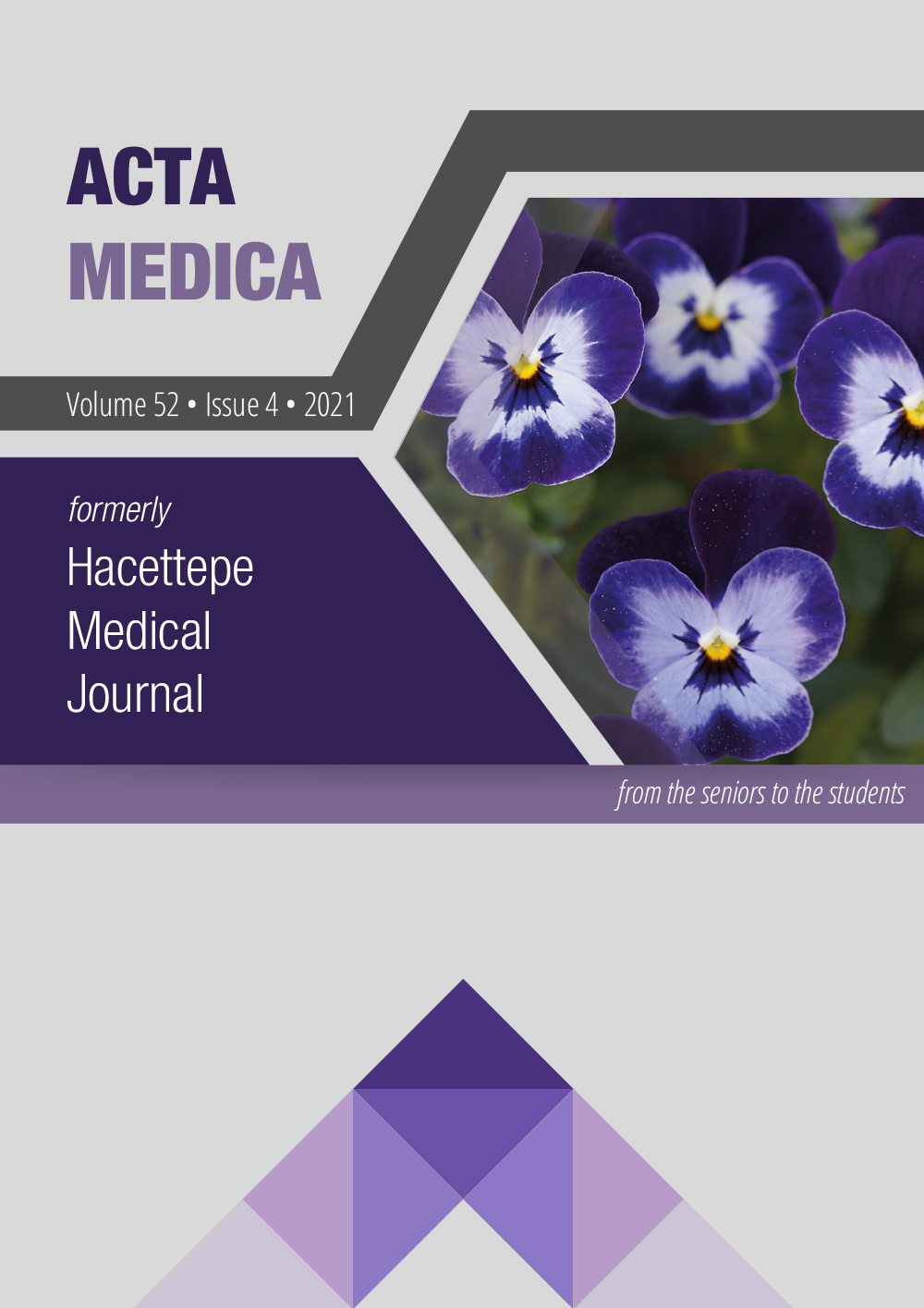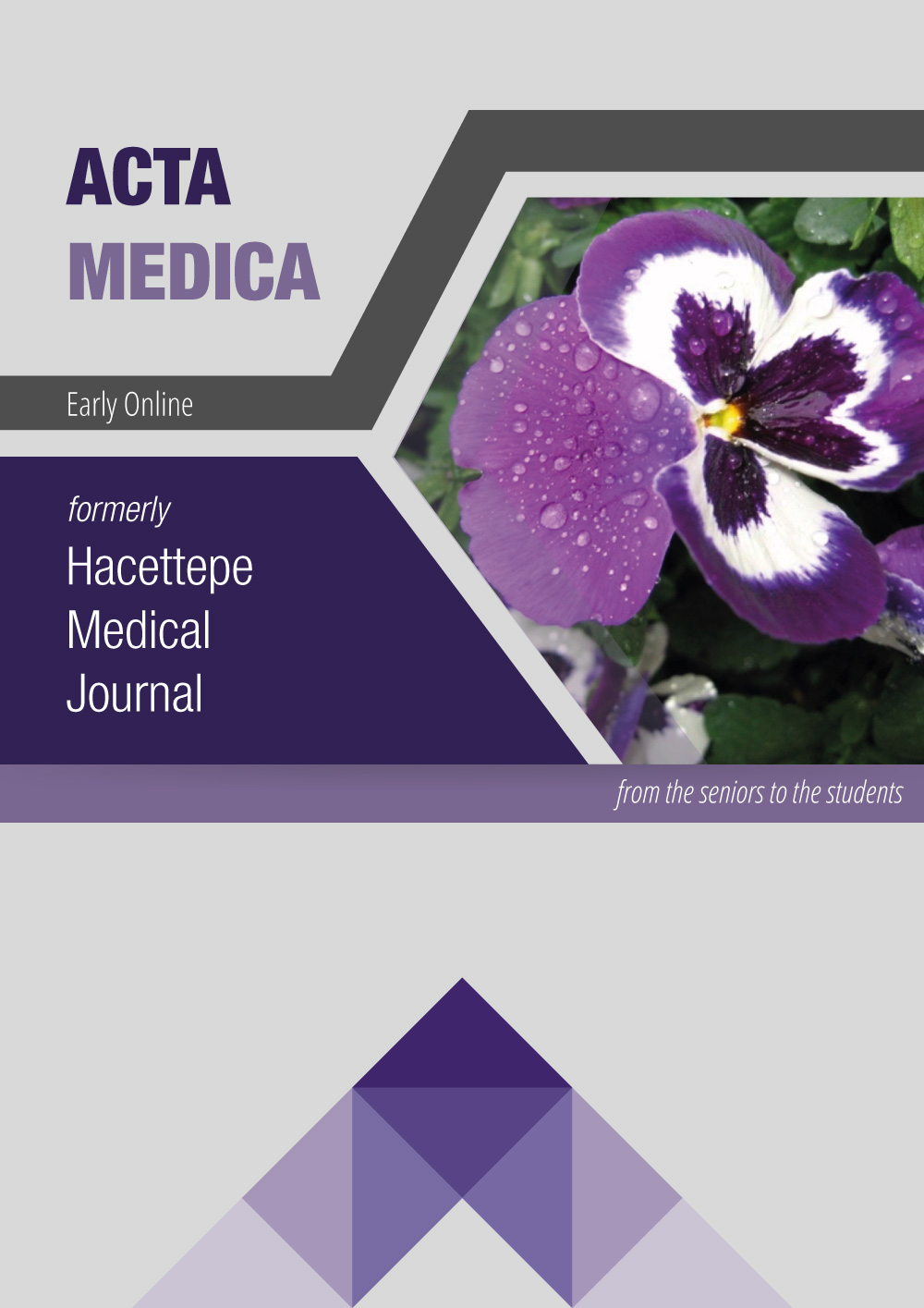Incomplete Partition type I: Radiological Evaluation of the Temporal Bone
DOI:
https://doi.org/10.32552/2021.ActaMedica.683Abstract
Objective: Incomplete partition type I is an uncommon congenital anomaly of the inner ear, characterized by typical cystic cochleovestibular appearance. Incomplete partition type I was firstly defined as cystic cochlea and vestibule without large vestibular aqueduct; however, large vestibular aqueduct and/or enlarged endolymphatic duct could rarely be seen in incomplete partition type I anomaly. Correct diagnosis of the type of cochlear malformation and differentiation of incomplete partition type I is necessary for patient management and surgical approach. Our aim was to document the temporal bone imaging findings in a series of patients with incomplete partition type I.
Materials and Methods: CT (n=85) and/or MRI (n=80) examinations of 99 ears in 59 incomplete partition type I patients were retrospectively evaluated. All structures of the otic capsule were retrospectively assessed. The appearances of cochlea and vestibule, vestibular aqueduct/endolymphatic duct, semicircular canals were qualitatively evaluated by an experienced neuroradiologist. The vertical dimension of vestibular aqueduct and/or endolymphatic duct (from the point where the duct arises from the vestibule) was measured on CT/MRI. Anterior-posterior diameter of the internal acoustic canal and the diameter of cochlear aperture were measured on CT. The cochleovestibular nerves were evaluated on sagittal-oblique high T2-weighted imaging.
Results: All 99 ears had defective partition with unpartitioned cochlear basal turn and absent interscalar septae, separated but cystic cochlea. The vestibule was enlarged in all ears except one. Semicircular canals were usually dysplastic (92.9%). A total of 35 incomplete partition type I ears (35.3%) had large vestibular aqueduct and/or enlarged endolymphatic duct. Internal acoustic canal was wide in 21% of ears. Cochlear aperture was wide in 5.9% of ears. Cochlear nerve was either hypoplastic or aplastic in about a quarter of incomplete partition type I ears.
Conclusion: In up to one-third of incomplete partition type I patients, an associated large vestibular aqueduct /endolymphatic duct could be seen accompanying typical inner ear findings. Although the cochlear nerves are normal in the majority of cases, auditory brainstem implantation may be necessary in certain cases of incomplete partition type I anomaly.


